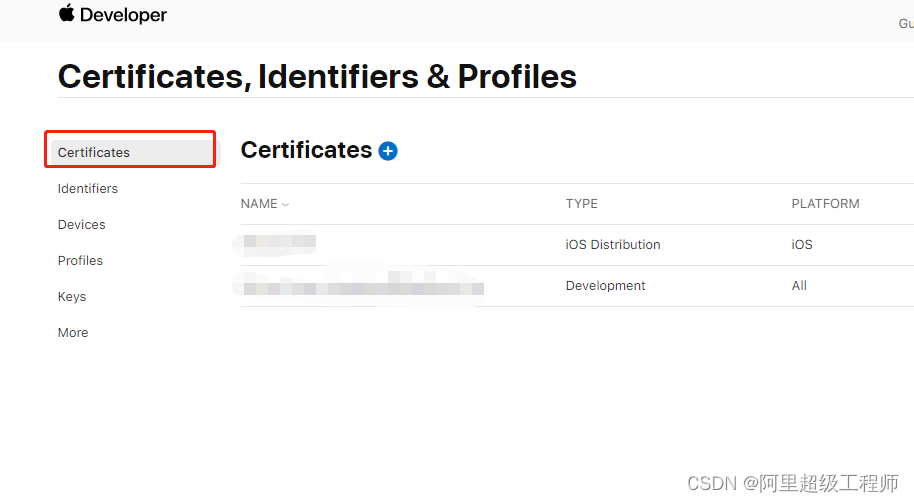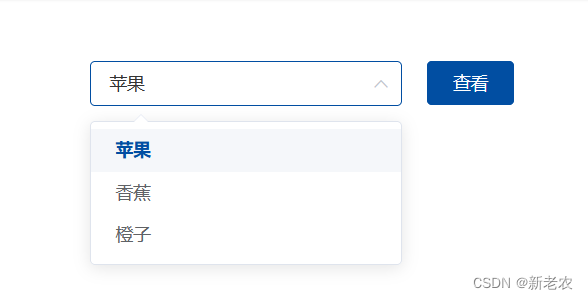本文介绍: 很多情况下,用户希望查看详情页以后,返回列表页刚刚浏览的位置,但由于列表页组件已经被销毁,所以我们重新返回到列表页后页面会置顶,就需要重新下拉查看列表,这样就做了很多没有必要的操作。如果整个单页应用服务在 /app/ 下,然后 base 就应该设为 “/app/”,所有的请求都会在url之后加上/app/也可以使用如下两种方案(更推荐使用scrollBehavior方案)
base
mode
hash
history
history模式下可能会遇到的问题及解决方案
routes
props配置(最佳方案)
scrollBehavior
声明:本站所有文章,如无特殊说明或标注,均为本站原创发布。任何个人或组织,在未征得本站同意时,禁止复制、盗用、采集、发布本站内容到任何网站、书籍等各类媒体平台。如若本站内容侵犯了原著者的合法权益,可联系我们进行处理。







